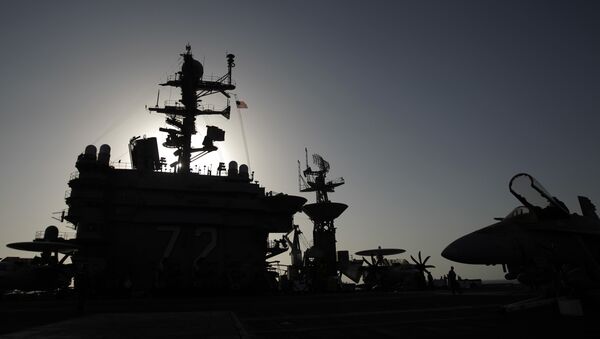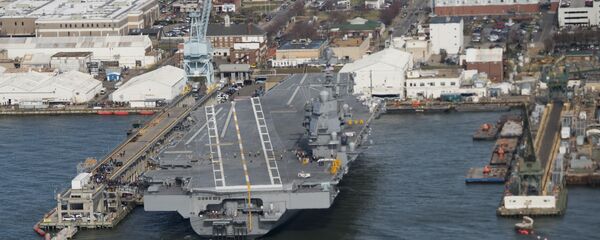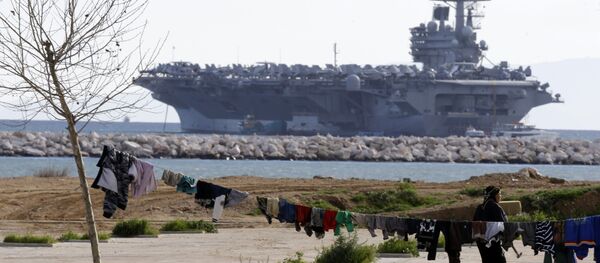On Thursday, the service announced that sailors on the USS Abraham Lincoln had successfully used ATARI to land an F/A-18 Super Hornet, Maritime Executive reports.
ATARI was tasked with conducting a touch-and-go landing, a training routine for naval aviators learning to fly fixed-wing aircraft from carriers that entails touching down on the carrier's deck and ascending back into flight without stopping.
Up to five miles from the carrier, a landing signal officer (LSO) can take control of the 40,000-pound plane and direct it to the carrier. True to its original namesake, the LSO directs the plane with a joystick.
"I was really impressed with LSO's ability to get me to touch down," said pilot Lt. John Marino, the first naval aviator to complete a touch-and-go landing while the plane was under remote control. "The conditions were really [poor], and it was really impressive the system worked the way it did. On a calm date, it would have been a little bit boring, but this was definitely more challenging."
According to Buddy Denham, the creator of ATARI and senior engineer at Naval Air Systems Command, "you're effectively using little joystick controllers to guide a 40,000-pound airplane, and it's almost like playing a video game."
The US Navy is currently in the process of evaluating offers from aerospace and defense firms for the MQ-25A Stingray contract. The Stingray will be a remotely piloted aircraft that refuels other planes in midair and is capable of takeoff and landing operations on aircraft carriers.




